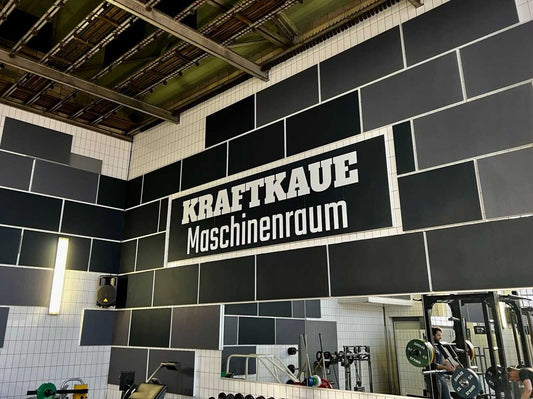
Why Are Restaurants so Noisy?
Dining out is about more than food; it’s about the experience. However, many restaurants unintentionally undermine this experience with poor acoustics.
Background noise and reverberation are common complaints, with studies by Zagat and other surveys revealing that excessive noise is a bigger issue for diners than poor service. Nearly 80% of respondents in a UK survey admitted to leaving a restaurant early because of noise levels. This makes addressing restaurant acoustics not only a matter of comfort but also good business sense.
What Causes the Noise in Restaurants?
Modern restaurant designs often prioritize aesthetics over acoustics. Hard surfaces like glass, concrete, and plasterboard are common in contemporary interiors, and while visually appealing, they are poor at absorbing sound. These reflective surfaces cause sound to bounce around, creating a highly reverberant environment.
This reverberation amplifies background noise, such as conversations, cutlery clatter, and kitchen sounds. The Lombard Effect further exacerbates the problem: as people struggle to hear over the background noise, they raise their voices, which in turn increases the overall noise level. This noise escalation can leave diners and staff feeling uncomfortable and fatigued.

The Balance Between Quiet and Vibrant
While reducing noise is important, a completely silent restaurant is not the goal. Some level of background noise contributes to a lively atmosphere and provides speech privacy. The key is achieving a balanced reverberation time (RT)—typically between 0.8 and 1.0 seconds for most restaurants, or closer to 0.6 seconds for smaller spaces. This balance ensures a pleasant environment where conversations are easy to follow without losing the energy of the space.
What Are the Best Acoustic Panels for Restaurants?

Effective acoustic treatment in restaurants involves controlling sound reflections to reduce reverberation and noise build-up. The placement of acoustic panels is as critical as the panels themselves. Here's a practical guide to improving restaurant acoustics:
Ceiling Acoustic Treatment
The ceiling is often the largest uninterrupted surface in a restaurant, making it ideal for acoustic treatment. Installing ceiling-mounted absorptive panels, such as Flat Panel VMT or ViCloud VMT, can significantly reduce noise by addressing reflections across the room’s entire area.
Wall Acoustic Treatment
To further minimize sound reflections, wall-mounted acoustic panels are a valuable addition. Flat Panel VMT is an excellent choice for wall applications, as it helps reduce both reverberation time and noise build-up, especially in areas where ceiling treatments alone are insufficient.
Distributed Placement
For the best results, acoustic panels should be distributed across various surfaces, including ceilings and walls. Even coverage ensures a homogeneous sound environment, reducing the need for excessive treatment on any one surface.
How Acoustic Panels Transform Restaurant Acoustics
No Acoustic Treatment: Rooms without acoustic panels allow sound to reflect freely off hard surfaces, resulting in noise levels that escalate quickly and become overwhelming.
Ceiling Treatment Only: Installing acoustic panels on the ceiling helps control noise significantly by reducing reflections from the largest surface. However, walls may still contribute to unwanted sound reflections.
Ceiling and Wall Treatment: A combination of ceiling and wall treatments provides comprehensive control over sound reflections. This approach often requires less material overall, as sound absorption is distributed more evenly.

Conclusion
Improving restaurant acoustics isn’t just about solving a problem; it’s about enhancing the dining experience for customers and creating a comfortable workspace for staff. Investing in the right acoustic panels, such as Flat Panel VMT and ViCloud VMT, and strategically placing them on ceilings and walls can dramatically improve sound quality while maintaining the desired ambiance.
For restaurant owners and designers, addressing acoustic issues is a smart step toward delivering a better customer experience, one meal—and conversation—at a time.
Consulting with an acoustic engineer or professional sound designer can help you to identify specific acoustic issues in a restaurant and develop a plan to address them. Vicoustic has an acoustic consultancy service available, that you can contact here.

By following these tips, you can create a dining space with good acoustic properties, providing you with an enjoyable sound environment.
Find the best solutions for restaurants, acoustic panels for walls and acoustic elements for ceilings.







